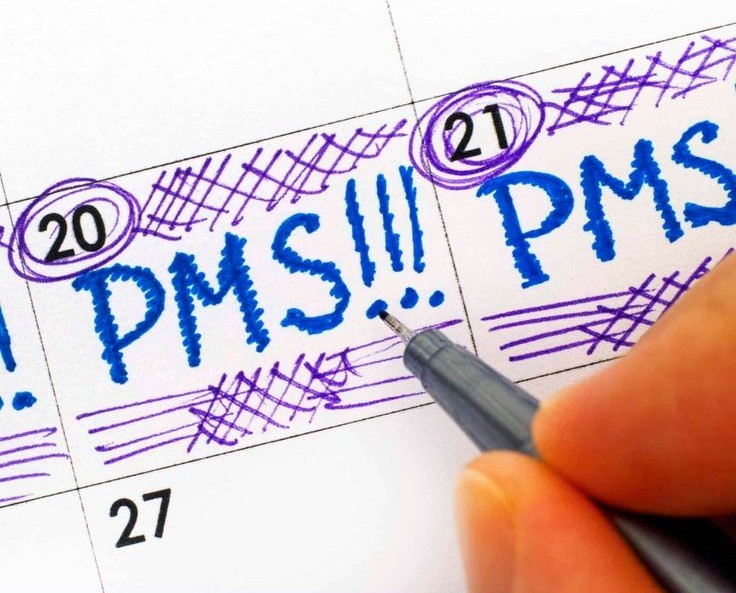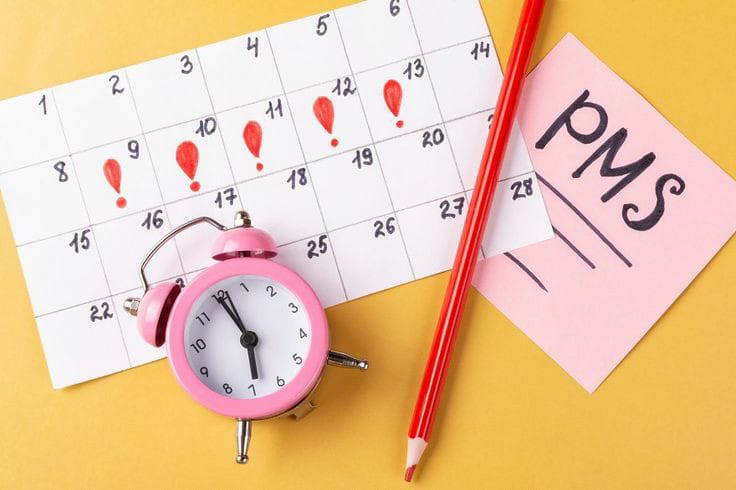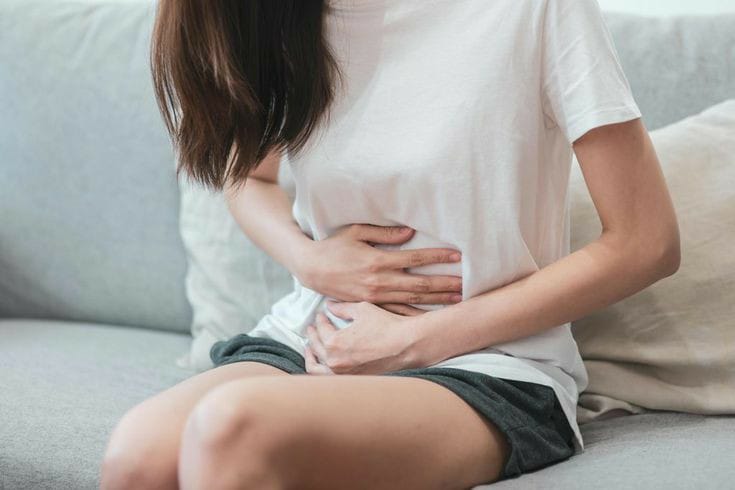
January 1, 2025
“UNDERSTANDING AND MANAGING SYMPTOMS OF PMS (PREMENSTRUAL SYNDROME)”

Shraavya
PMS, or Premenstrual Syndrome, is a condition many women experience in the weeks leading up to their period. It comes with a variety of symptoms, ranging from physical discomfort to emotional changes. Most women encounter PMS at some stage in their lives, and for some, the symptoms can significantly affect everyday routines.

Why Does PMS Happen?
The exact cause of PMS isn't fully understood, but it's believed to be linked to hormonal changes during the menstrual cycle. Ovulation, when the body releases an egg, appears to be the triggering event. How sensitive a woman's body is to these hormonal shifts might also influence the severity of symptoms.
Common Symptoms of PMS
PMS symptoms can be grouped into emotional and physical categories:
- Emotional Symptoms
- • Mood swings and heightened emotions
- • Difficulty sleeping
- • Changes in appetite
- • Shifts in sex drive

- Physical Symptoms
- • Bloating and stomach pain
- • Cramps
- • Sore or tender breasts
- • Skin issues

These symptoms can vary in intensity from person to person, but they're manageable with the right approach.
How to Manage PMS Symptoms
While PMS can't be avoided, certain lifestyle changes can help ease its impact:
- • Healthy Diet: A balanced diet rich in whole grains, fruits, vegetables, and nutrients like magnesium can stabilize energy and mood.
- • Regular Exercise: Physical activity like walking, yoga, or swimming can help reduce cramps and improve overall well-being.
- • Stress Management: Practices like yoga, meditation, or deep breathing exercises can help regulate emotions and improve sleep.

When to Seek Help
If PMS symptoms become severe or start interfering with your daily life, it's important to consult a healthcare provider. They can evaluate your symptoms and provide treatment options, such as supplements, medications, or hormonal therapies. Remember that you're not alone, and help is available.